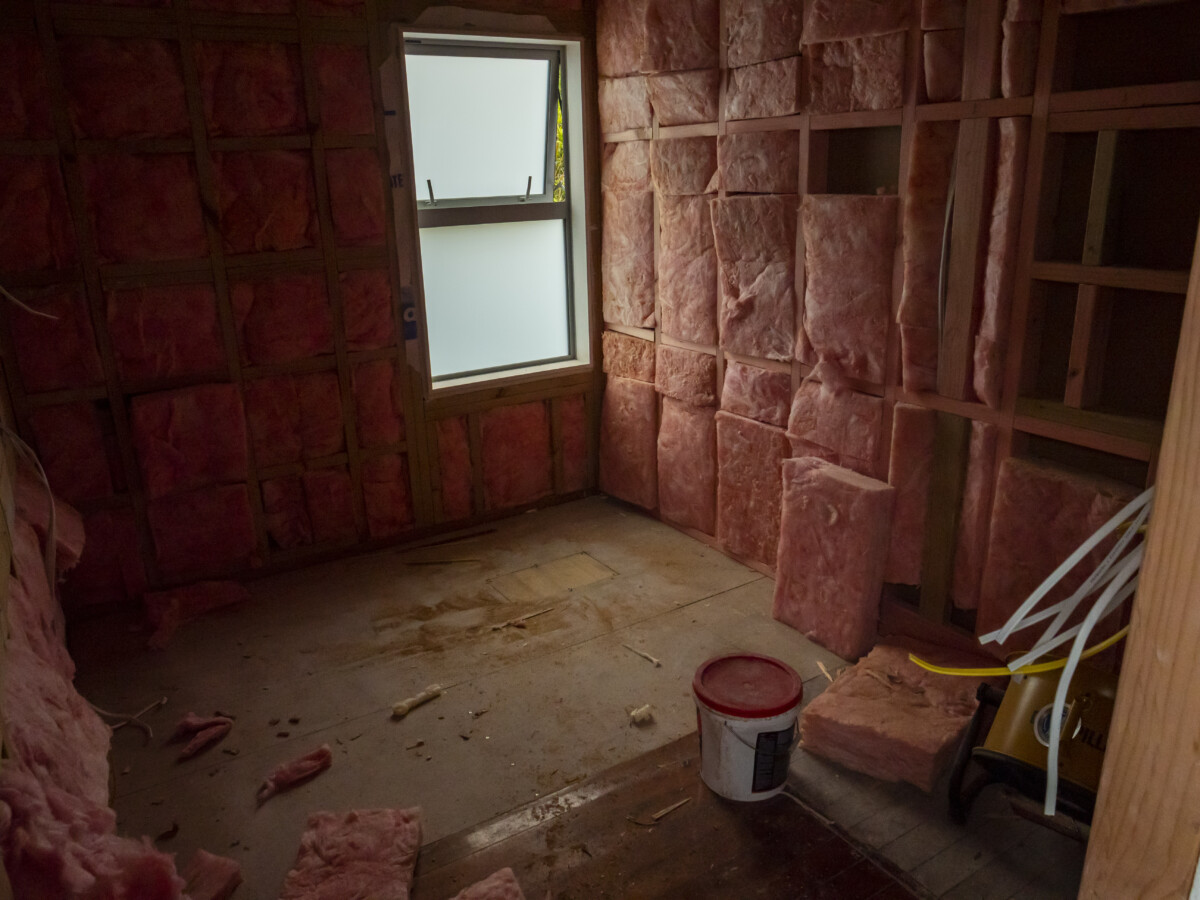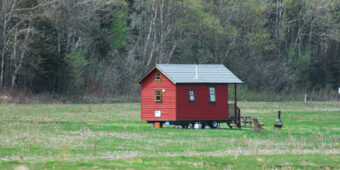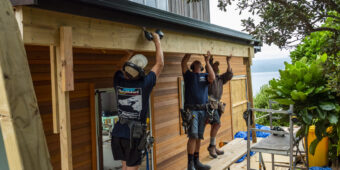BRINGING RENTALS UP TO STANDARD
28 Jan 2021, LBP & Regulation, Learn, Prove Your Know How, Regulation

New Healthy Home Standards for rental properties in New Zealand became law on 1 July 2019. These set out specific and minimum standards for heating, insulation, ventilation, moisture ingress and drainage, and draught stopping in rental properties
As the deadline for compliance with the standards is fast approaching, when working at a client’s property, you might get asked some questions about the standards and what landlords need to do to make sure their properties comply.
From 1 July 2021, all private rental properties must comply with the standards within 90 days of any new
or renewed tenancy.
Responsibility for meeting these standards sits with the landlord of the property and, if they haven’t already, landlords should now be thinking about the work that needs to be completed to ensure their rental properties are compliant with the standards by the deadline.
Tenancy Services’ website has a wealth of easy-to-understand information about the standards, as well as easy-to-use tools that calculate the requirements for individual properties to be compliant with the standards.
The standards can be accessed whether you’re in the office or on site using your mobile phone. Below is a brief overview of some of the standards you may get asked about, and where to point people if they need more information.
Heating standard
The World Health Organization (WHO) recommends a minimum indoor temperature of 18˚C. By installing heating that can reach this temperature on the coldest days of the year, tenants will be able to keep warm all year round.
The heating standard means rental properties must comply with the following requirements:
- There must be one or more fixed heaters that can directly heat the main living room.
- Heater(s) must be fixed (not portable), and must be at least 1.5 kW in heating capacity and meet the minimum heating capacity needed for the main living room.
There is an online heating assessment tool to calculate the requirements for the living room in a rental home. Alternatively, landlords can use the formula outlined in Schedule 2 of the Residential Tenancies (Healthy Homes Standards) Regulations 2019. There is a handy guide to read before getting started with the Tool – landlords will need the measurements of their living room walls, floor, windows, ceiling and any other features to accurately calculate the heating requirements.
You can find the tool and guide at tenancy.govt.nz/heating-tool.
The heating guidance document contains information on how to find out what size heater(s) are required, exemptions to the heating standard and further details. This guidance can be found at tenancy.govt.nz/heating-standard.
Insulation standard
The healthy homes insulation standard builds on the current regulations, meaning some existing insulation will need to be topped up or replaced. All existing insulation must still be in reasonable condition to meet the requirements. This means there should be no mould, dampness, damage or gaps. All insulation must be installed in accordance with NZS 4246:2016 Energy efficiency – installing bulk thermal insulation in residential buildings.
The online insulation tool will help landlords find out whether they need to upgrade the insulation in their rental property to meet the standards. You can search for the tool at tenancy.govt.nz.
The insulation guidance document, which contains more specific information on the insulation standard, can be found at tenancy.govt.nz/healthy-homes/insulation-standard.
Ventilation standard
Mould and dampness caused by poor ventilation is harmful for tenants’ health as well as a landlord’s property. The ventilation standard targets mould and dampness in rental homes.
Rental homes must have openable windows or doors in the livingroom, dining room, kitchen and bedrooms. Kitchens and bathrooms must have extractor fans that vent to the outside.
After 1 July 2019, newly installed extractor fans must have a minimum diameter and exhaust capacity. These differ for kitchens and bathrooms:
- In kitchens, extractor fans must have a minimum diameter of 150mm or an exhaust capacity of at least 50 litres per second.
- In bathrooms, extractor fans must have a minimum diameter of 120mm or an exhaust capacity of at least 25 litres per second.
The online ventilation tool is available for landlords to figure out if they need to install new extractor fans in the kitchens and bathrooms of their rental properties. You can search for the tool at tenancy.govt.nz.
The ventilation guidance document, which contains more specific information on the ventilation standard, can be found at tenancy.govt.nz/healthy-homes/ventilation-standard.
Moisture ingress and drainage standard
Moisture in a home can lead to poor health outcomes for tenants and can be destructive to the quality of a house.
Rental properties must have efficient drainage for the removal of storm water, surface water and ground water. Rental properties with an enclosed sub-floor space must have a ground moisture barrier.
Ground moisture barriers must either:
- Be a polythene sheet and installed in accordance with section 8 of NZS4246:2016, or
- Have a vapour flow resistance of at least 50MNs/g and be installed by a professional installer.
The moisture ingress and drainage standard document, which has more specific information on the moisture ingress and drainage standard, can be found at tenancy.govt.nz/healthy-homes/moisture-and-drainage-standard.
Draught stopping standard
Draughts increase the likelihood of lower temperatures in houses and can make it more expensive for a tenant to heat their home. Fixing draughts is an easy way to reduce heating bills and keep rental homes warm and dry.
Landlords must make sure the property doesn’t have unreasonable gaps or holes in walls, ceilings, windows, skylights, floors and doors which cause noticeable draughts. All unused open fireplaces must be closed off or their chimneys must be blocked to prevent draughts.
The draught stopping guidance document, which has more specific information on the draught stopping standard, can be found at tenancy.govt.nz/healthy-homes/draught.
Exemptions to the healthy homes standards
In some situations, a property may be exempt from complying with the healthy homes standards or parts of the standards. More information on exemptions is available at can be found at tenancy.govt.nz/healthy-homes/exemptions-to-the-healthy-homes-standards
This article is an excerpt from Codewords Issue 98. Reading Codewords articles that are relevant to your licence class is a mandatory requirement for Licensed Building Practitioners. These questions can be answered through the LBP portal, online at underconstruction.placemakers.co.nz or recorded on the magazine, then provided at the time of renewal.
Register to earn LBP Points Sign in
2 Comments
Leave a Reply
You must be logged in to post a comment.




One can live in a good enviroment
good job